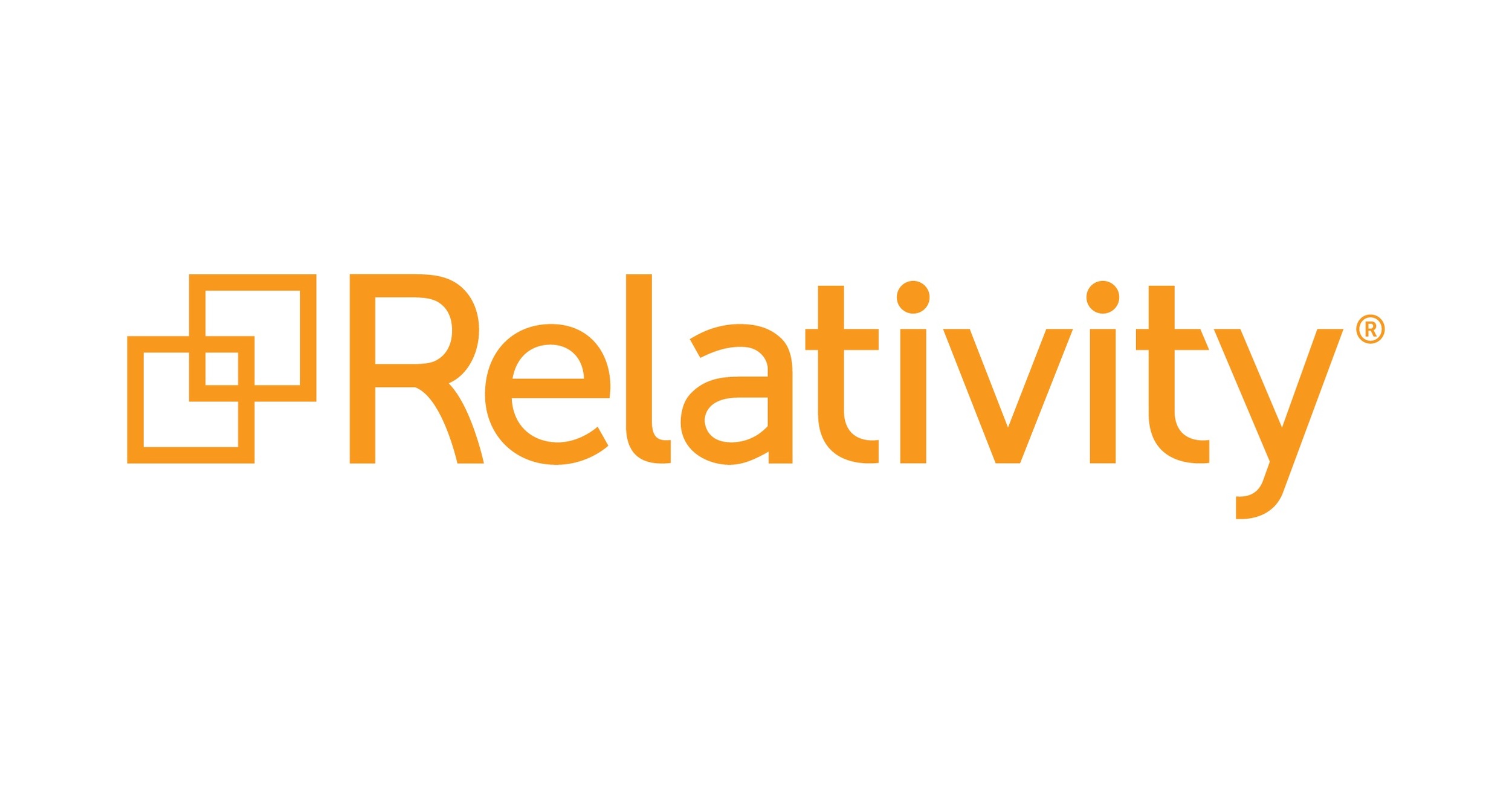
Relativity aiR for Privilege: Complete Buyer's Guide
Enterprise-grade evolution of AI-powered privilege detection
Relativity aiR for Privilege represents the enterprise-grade evolution of AI-powered privilege detection, transforming how large law firms and corporate legal departments manage one of their most critical responsibilities in modern litigation.
Market Position & Maturity
Market Standing
Relativity aiR for Privilege occupies a dominant enterprise market position within the AI privilege detection landscape, leveraging the company's established eDiscovery ecosystem and extensive customer relationships to maintain competitive advantages[27].
Company Maturity
Market maturity indicators demonstrate substantial enterprise adoption momentum, with large enterprises dominating the adoption landscape due to their complex IT environments and stringent regulatory compliance requirements[2].
Growth Trajectory
Growth trajectory indicators include expanding AI capabilities beyond privilege detection into comprehensive litigation support. Tools like aiR for Case Strategy will auto-generate deposition preparation materials and case summaries[30].
Industry Recognition
Industry recognition emerges through customer success stories and case study validation, including Fortune 100 telecommunications implementations that demonstrate enterprise-scale capability[37].
Strategic Partnerships
The platform's Azure OpenAI partnership provides technological credibility and scalable infrastructure that supports continued growth and feature development[27].
Longevity Assessment
Long-term viability appears strong given Relativity's established market position, enterprise customer base, and continued investment in AI capabilities.
Proof of Capabilities
Customer Evidence
Fortune 100 Telecommunications Success demonstrates Relativity aiR for Privilege's enterprise-scale effectiveness through a comprehensive implementation that processed complete document sets within one week while identifying previously missed privileged materials[37].
Quantified Outcomes
Quantified accuracy validation shows 95% accuracy in privilege detection with the additional discovery of 73 attorneys and 49 law firms during implementation that traditional manual processes completely missed[2].
Case Study Analysis
Cimplifi insurance litigation implementation achieved 50% reduction in review time, saving over 250 hours of attorney effort while maintaining accuracy standards through validation testing that confirmed zero missed responsive documents[25].
Market Validation
Customer satisfaction metrics indicate 85% user satisfaction in efficiency improvements among large enterprise implementations[27].
Competitive Wins
Competitive validation emerges through customer wins against established alternatives, with organizations choosing Relativity for its dual-role detection capabilities and Azure OpenAI integration that provide contextual analysis beyond rule-based competitors[2][27].
Reference Customers
Customer deployments include cross-border investigations processing 10TB of data across multiple jurisdictions, reducing 1.3 million documents to 250,000, then further refined to 40,000 key items[21].
AI Technology
Relativity aiR for Privilege employs a sophisticated generative AI architecture built on Azure OpenAI infrastructure to deliver contextual privilege analysis that fundamentally surpasses traditional rule-based detection systems[27][37].
Architecture
The Azure OpenAI integration provides scalable processing infrastructure with enterprise-grade security compliance, enabling the platform to handle up to 500,000 documents per project[39].
Primary Competitors
Relativity aiR for Privilege competes directly with Consilio's PrivDetect and Lighthouse's AI models for large-scale implementations[35][36][28].
Competitive Advantages
Competitive advantages include comprehensive eDiscovery workflow integration that provides unified document processing from collection through privilege determination[27], Azure OpenAI infrastructure delivering scalable processing with enterprise security, and 95% accuracy in dual-role detection[2].
Market Positioning
Market positioning strategy establishes Relativity as the enterprise-focused solution competing for large-scale implementations requiring sophisticated contextual analysis and workflow integration.
Win/Loss Scenarios
Win/loss scenarios favor Relativity in situations involving complex organizational structures requiring dual-role detection, preference for cloud-based deployment with enterprise security, and existing Relativity ecosystem usage.
Key Features

Pros & Cons
Use Cases
Integrations
Featured In Articles
Comprehensive analysis of AI Privilege Risk Detection for Legal/Law Firm AI Tools for Legal/Law Firm AI Tools professionals. Expert evaluation of features, pricing, and implementation.
How We Researched This Guide
About This Guide: This comprehensive analysis is based on extensive competitive intelligence and real-world implementation data from leading AI vendors. StayModern updates this guide quarterly to reflect market developments and vendor performance changes.
40+ verified sources per analysis including official documentation, customer reviews, analyst reports, and industry publications.
- • Vendor documentation & whitepapers
- • Customer testimonials & case studies
- • Third-party analyst assessments
- • Industry benchmarking reports
Standardized assessment framework across 8 key dimensions for objective comparison.
- • Technology capabilities & architecture
- • Market position & customer evidence
- • Implementation experience & support
- • Pricing value & competitive position
Research is refreshed every 90 days to capture market changes and new vendor capabilities.
- • New product releases & features
- • Market positioning changes
- • Customer feedback integration
- • Competitive landscape shifts
Every claim is source-linked with direct citations to original materials for verification.
- • Clickable citation links
- • Original source attribution
- • Date stamps for currency
- • Quality score validation
Analysis follows systematic research protocols with consistent evaluation frameworks.
- • Standardized assessment criteria
- • Multi-source verification process
- • Consistent evaluation methodology
- • Quality assurance protocols
Buyer-focused analysis with transparent methodology and factual accuracy commitment.
- • Objective comparative analysis
- • Transparent research methodology
- • Factual accuracy commitment
- • Continuous quality improvement
Quality Commitment: If you find any inaccuracies in our analysis on this page, please contact us at research@staymodern.ai. We're committed to maintaining the highest standards of research integrity and will investigate and correct any issues promptly.